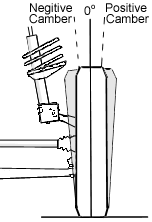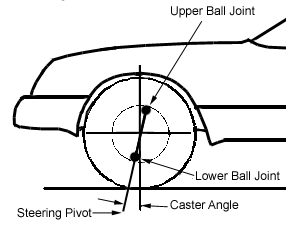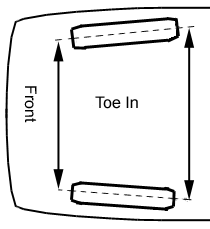Some New Pipes for a Goat
In 1964 Pontiac engineers stuffed a 389 cid engine in a Tempest, called it the GTO option, and created arguably the first mid-sized muscle car. Almost fifty years later, GM tapped their Holden enterprise in Australia-- where muscle cars still thrive-- and created the modern GTO. Equipped with GM's venerable small block V8 engine, the current GTO is based on the Holden Monaro. A disappointment to many GTO loyalists, thanks mostly to its bland styling, the modern GTO is nonetheless a good enough performer. But good enough is the enemy of better at VRPerformance, where we feel that almost every car can be improved with the right equipment and service.
A local race car driver wanted to increase the performance of his GTO, while at the same time increase the bark of that big V8. He chose a set of custom headers and cats from Kook's coupled to a Corsa exhaust. The result is exactly what he hoped for: an authoritative sound under hard acceleration and a mild rumble at idle or cruising speeds.
The old exhaust system
Here you can some of the areas the stock exhaust system has been pinched down to clear hard points
Stock cast manifold on top versus Kook's custom long tube headers on bottom-- you can really imagine the cleaner flow of exhaust gases in the kook's headers
Installation of the new headers
Driver's side header-- note how tight the installation is. The steering shaft is actually surrounded by the pipes! What this will do to the long term reliability of the steering gear is anybody's guess. Long tube headers on V type engines are some of the toughest jobs to do because of the tight space. Running pipes which become extremely hot so close to hydraulic lines would never pass OEM engineering standards, but the aftermarket is a less restricted.
The completed system.
Overall this job was straight forward, with a few exceptions. The driver's side header gave us the biggest headache-- taking a few hours alone to install thanks to the steering shaft and general lack of space. The engine had to be moved much further than originally thought, and many more components had to be removed to make room for the header to slide into place.


